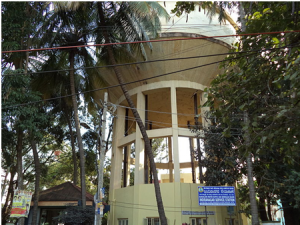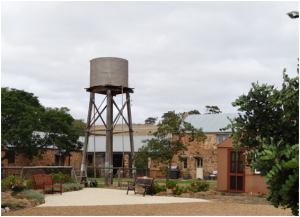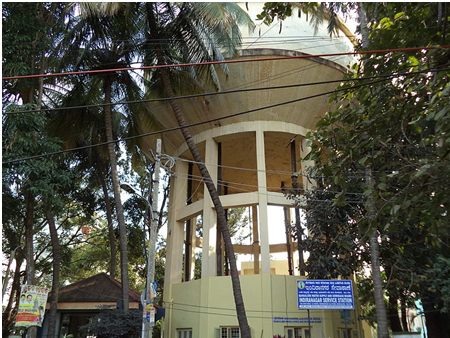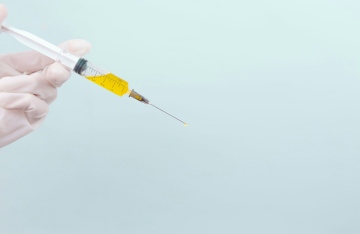If you have a tank in your property that you no longer need, or you have purchased a piece of land with a tank in situ, you need to ensure that it is made safe.

Image Credit
You have the option of making the tank safe where it is or of removing it. The correct course of action will be determined by the previous use of the tank and by your plans for the land.
Here is a brief guide on how tanks can be made safe or removed.
Making Tanks Safe
According to UK government guidance, you are obliged to decommission underground storage tanks straight away to prevent groundwater pollution.
Decommissioning could be anything from completely closing and removing an underground storage tank to replacing individual tanks or lengths of pipework.
Tank decommissioning is a specialist procedure and needs to be carried by experts such as http://www.ashremediation.co.uk/tank-decommissioning/. In some cases, tanks can be made safe by filling them with cement slurry. However, firstly all the pipelines have to be drained and the tank must be bottomed out. This is the process of removing all the petrol and deposits below the pump suction pipeline. This is potentially dangerous and requires specialist skills and equipment.
The air in the tank must be made inert (using nitrogen, nitrogen foam or carbon dioxide), and pipelines have to be flushed through. A mixture of 20 to 1 concrete slurry is pumped in and pushed to the extremities.

Image Credit
Removing Tanks
Before removal, the tank must be rendered safe. If it has no leaks, all the pipelines need to be drained and the tank bottomed out. Then the tank is filled with water to ensure a liquid seal and to avoid sparks. All the pipelines are disconnected (except vent pipes) and openings are capped off.
Then the excavation work can start. Once it is ready for lifting, the water can be emptied and disposed of correctly by a hazardous waste disposal contractor. The alternative method is to render the tank gas-free by pumping in an inert gas.
If the tank has leaked, all residual liquid needs to be removed and the tank bottomed out. Then the interior of the tank needs to be made inert. The inert status of the tank needs to be checked throughout the excavation process.




